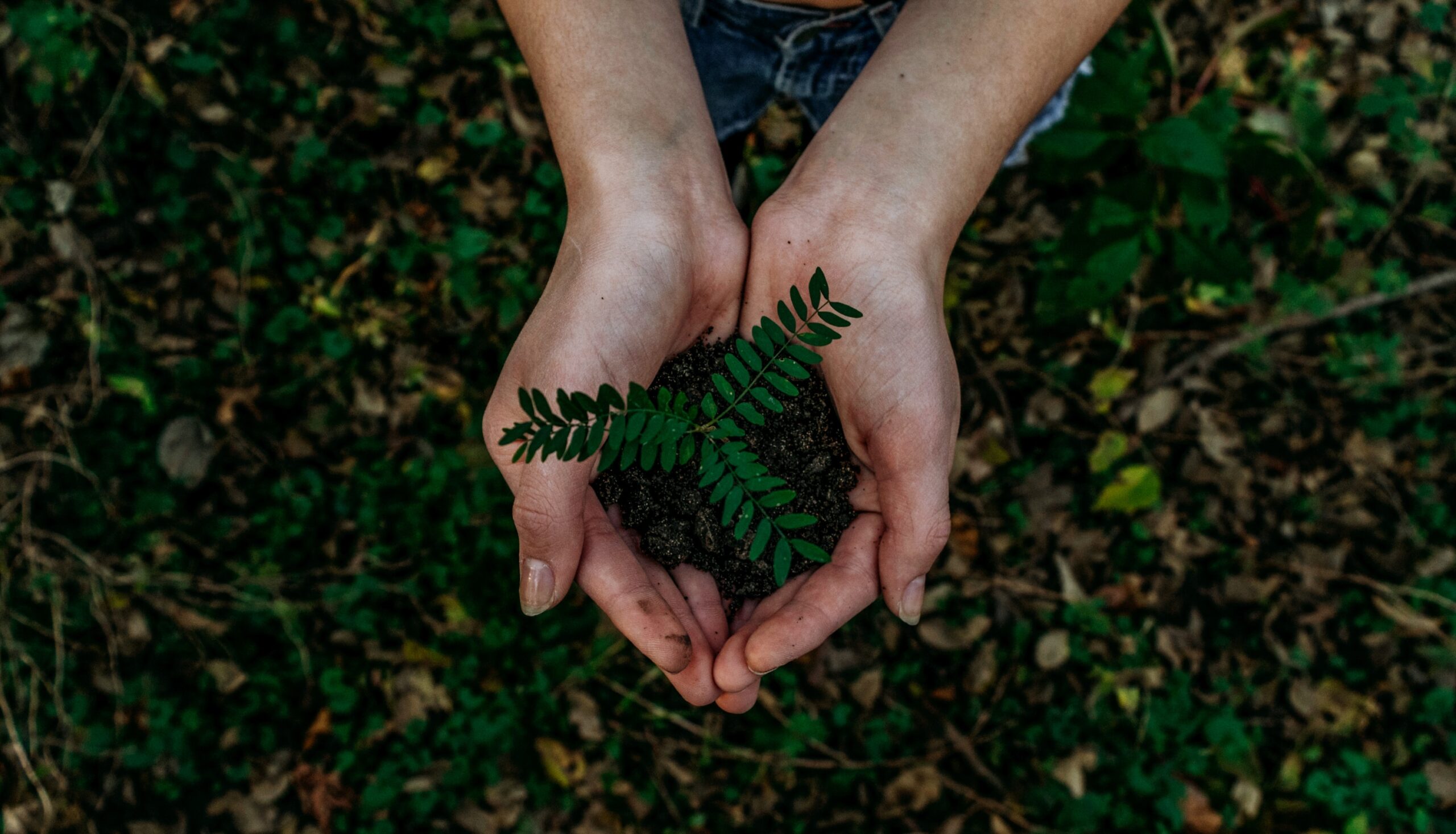A Comprehensive Guide to Planting Trees: Enhancing the Environment One Seedling at a Time
With their majestic beauty and profound ecological significance, trees hold a special place in our world. They provide shade, enhance the aesthetic appeal of our surroundings, and play a crucial role in combating climate change, preserving biodiversity, and improving air quality. In this article, we aim to highlight the importance of tree planting and provide a comprehensive guide to help you embark on your own tree-planting journey.
Importance of Planning
Before you pick up a shovel, planning and making informed decisions about your tree-planting endeavor is vital. Begin by choosing the appropriate tree species that aligns with your climate, soil type, and the purpose you envision for your tree. Consider factors such as growth rate, mature size, and specific environmental requirements to ensure long-term success.
Once you have selected the ideal species, finding a suitable location becomes paramount. Take into account factors like available space, sunlight exposure, proximity to structures, and the potential impact on neighboring vegetation. Assessing the soil composition, pH levels, and drainage capacity will contribute to your tree’s overall health and vitality.
Getting Started
With a well-thought-out plan, it’s time to gather the essential tools and supplies for your tree-planting venture. These may include a shovel, gloves, mulch, compost, and watering equipment. Having these items on hand will ensure a smooth planting process.
Next, prepare the planting site by clearing away any grass, weeds, or debris. Creating a weed-free zone around your tree will minimize competition for nutrients and water, providing it with the best possible start. Dig a hole that is wider than the root ball and slightly shallower to allow room for the roots to spread out naturally.
To optimize soil conditions, consider adding soil amendments like organic matter or compost. These amendments enhance drainage, improve nutrient availability, and promote healthy root development, giving your tree a solid foundation for growth.
Planting the Tree
Carefully remove the tree from its container, ensuring you do not damage the roots. Loosen any circling or bound roots to encourage outward growth and prevent future issues. Place the tree in the center of the hole, making sure it sits at the same depth as it did in the container. Fill the hole with the soil you removed, gently firming it around the roots to eliminate air pockets.
If the tree requires additional support, consider staking it to prevent leaning or damage from strong winds. Be sure to use flexible ties and adjust them periodically to allow the tree to sway naturally. Finally, water the newly planted tree thoroughly to settle the soil and provide essential hydration to the roots.
Aftercare
To ensure the long-term health and success of your newly planted tree, proper aftercare is crucial.
- Mulching around the tree
Mulching is an effective technique for conserving soil moisture, suppressing weed growth, and regulating soil temperature. Apply a layer of organic mulch, such as wood chips or shredded bark, around the tree’s base, leaving a small space around the trunk. This will help retain moisture, prevent competition from weeds, and gradually release nutrients as the mulch breaks down. - Ensuring proper watering
Watering is vital during the establishment phase of your tree. Initially, water the tree deeply and regularly to promote root development. As a general rule, provide around 1 inch of water per week, either through rainfall or supplemental irrigation. Monitor the moisture levels by checking the soil around the root zone. Avoid over watering, as it can lead to root rot and other problems, while under watering can cause stress and hinder growth. - Pruning and shaping the tree
Pruning helps maintain the tree’s structure, remove dead or damaged branches, and promote healthy growth. Wait until the tree has become established before pruning, typically after the first year. Consult resources or seek professional advice to learn proper pruning techniques for your tree species. Regularly inspect and prune the tree as needed to maintain its shape and overall health. - Protecting the tree from pests and diseases
Monitor your tree for signs of pests or diseases and take appropriate action if necessary. Keep an eye out for common issues like insect infestations, fungal infections, or nutrient deficiencies. Consult local gardening experts or arborists to identify and address any problems effectively. Maintaining overall tree health through proper watering, mulching, and regular care will enhance its natural resilience against pests and diseases.
Remember, the act of planting a tree today nurtures a legacy that will continue to benefit generations to come. So, grab your shovel, select the right species, find the perfect spot, and start planting. Together, we can create a thriving and resilient future, rooted in the beauty and resilience of trees.




